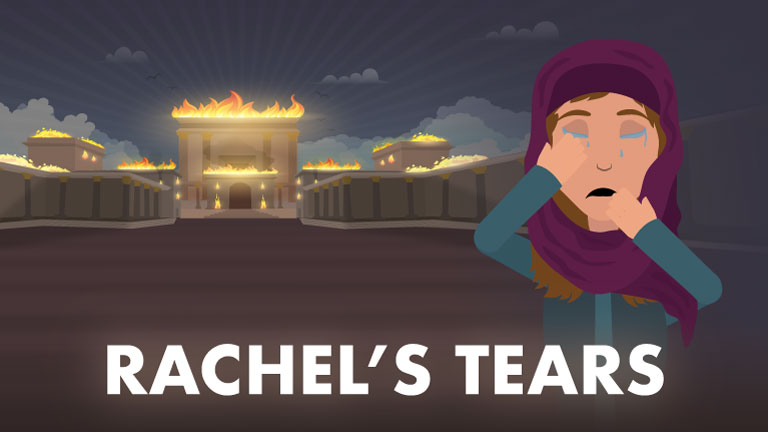As we reflect on this story of Rachel and Leah, we can see how our own grief and mourning on Tisha B’av can also be a catalyst for action. Just as Rachel’s tears led to a moment of understanding and reconciliation, our tears and grief can lead us to reflect on our relationships with others and make efforts to mend any brokenness or misunderstandings. In doing so, we can move towards a future of redemption and restoration.
On Tisha B’av, as we sit on the floor and mourn the destruction of the Temple and the tragedies of our past, let us also remember the power of Rachel’s tears. Let us use this day not just to feel the pain of our losses, but to actively work towards healing and repairing what has been broken. May our grief be transformed into action, leading us towards a future of hope, redemption, and peace.
Watch the full video below:
[embedded content]
The act of Rachel becoming a model for reparative action, turning grief into healing, serves as a catalyst for action on Tisha B’Av. By watching the video and allowing it to enter your heart, you can understand steps towards greater healing and reconciliation. Rachel is portrayed as a model of transformative action, showing us how our tears can lead to healing and reconciliation.
Check out the video below to learn more:
Remember to keep an open heart and mind as you watch and reflect on Rachel’s powerful example of regeneration and transformation. Let her story inspire you to take steps towards healing and reconciliation in your own life.
Source link

